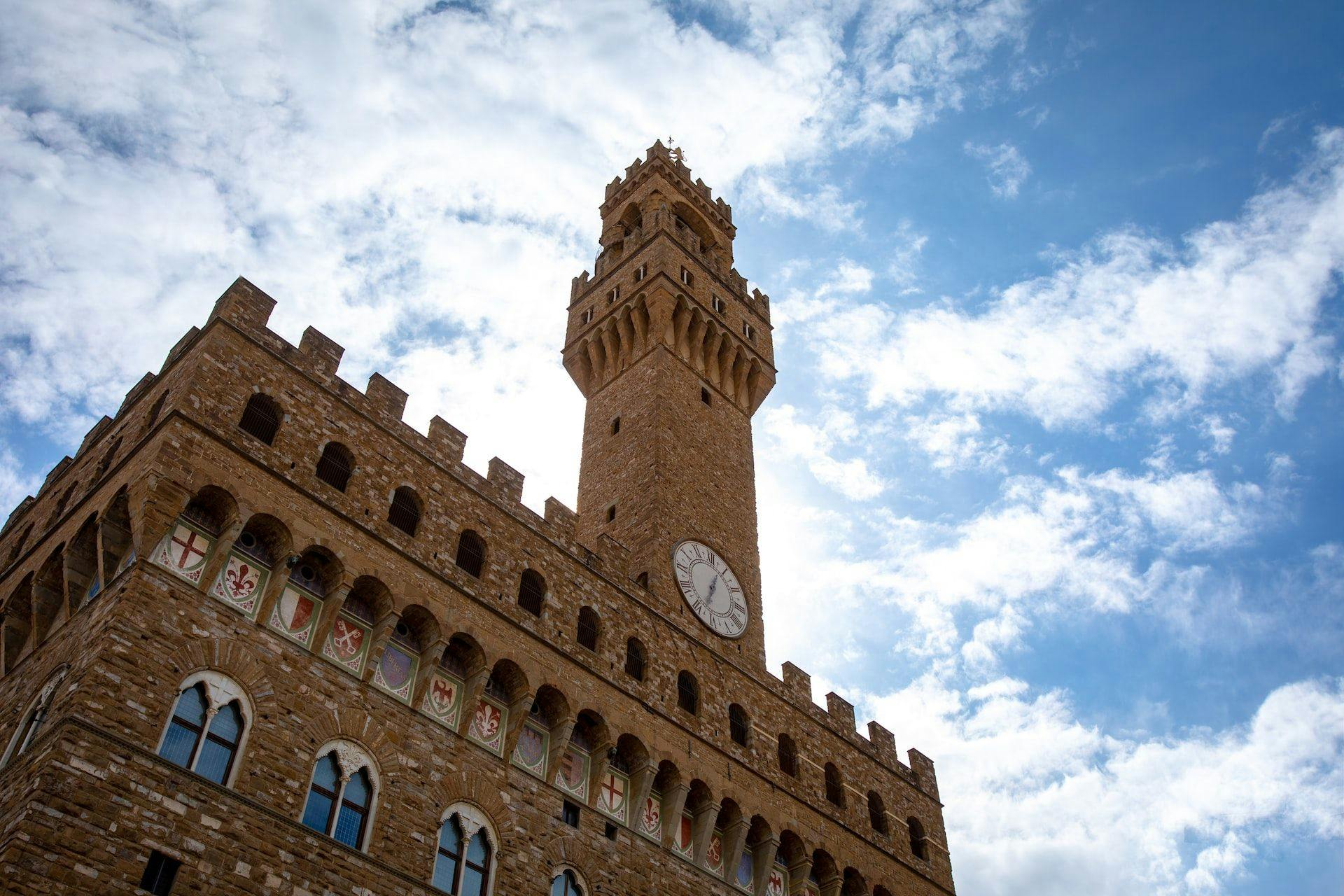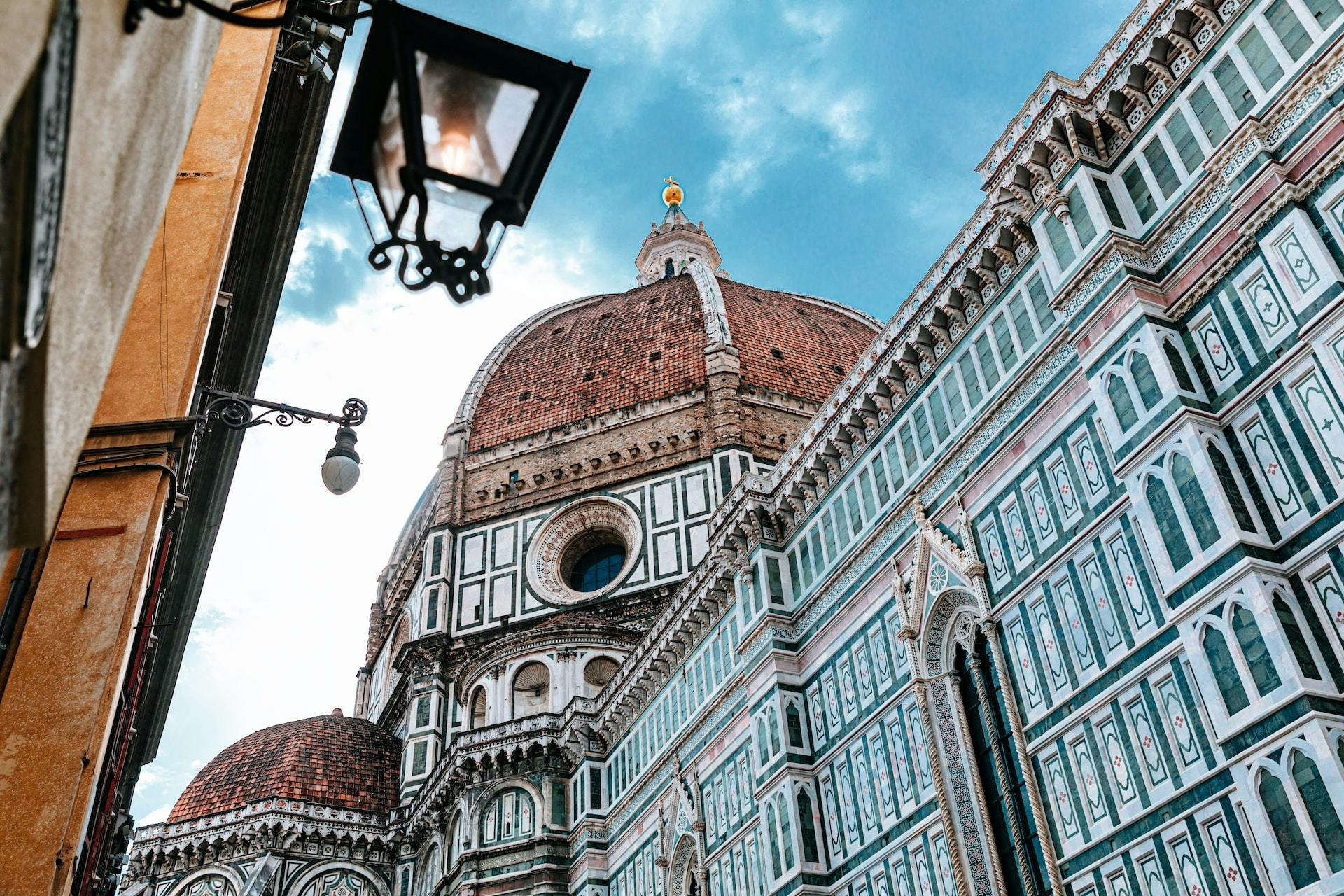Born in the small village of Chiusdino in the Sienese countryside, Galgano was the son of a feudal lord who became a knight at a very young age. It is said he lived a warrior’s life, ruthless, characterised by sin and violence. These were the very reasons why, after the apparition of the Archangel Michael in one of his dreams, he was led by his horse for days in the countryside seeking conversion.
He finally ended his journey on top of a hill in Montesiepi, where he abandoned and thrust his sword inside a rock, turning it into a cross, a poetic metaphor, with which from an instrument of death and blood, the iron became a symbol of resilience, peace and redemption.




